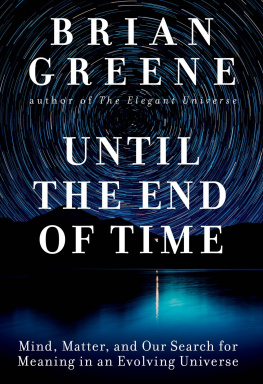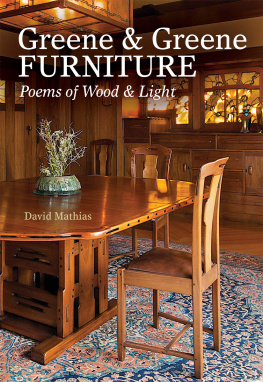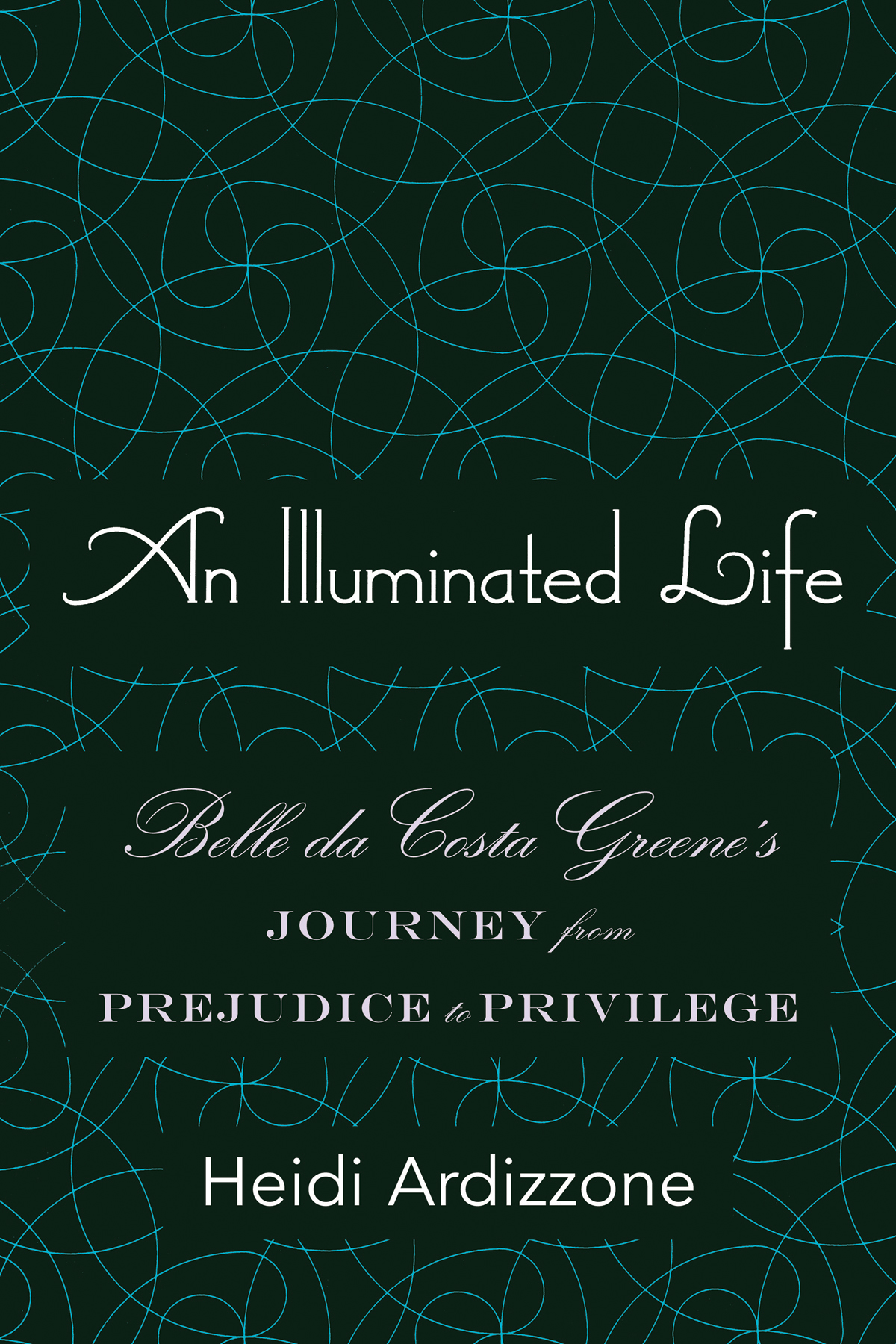Table of Contents
Guide
Page List
AN
ILLUMINATED
LIFE
Belle da Costa Greenes Journey from Prejudice to Privilege
HEIDI ARDIZZONE
W. W. Norton & Company
New York London
For the librarians, archivists, and curators who protect and give access to humanitys intellectual and cultural treasures
and for my own beloved, stereotype-defying librarian: Conrad Rader
Contents
AN
ILLUMINATED
LIFE
Seated massively at his desk that day in 1905, John Pierpont Morgan seemed lost in thought. He hardly even bothered to look up when his nephew Junius appeared before him with a slim, grey eyed girl in tow. Scarcely out of her teens, quaking with fear and shaking like an aspen, Belle da Costa Greene began her career as head of the Pierpont Morgan Library.
Time, 1949
I really must be grudgingly admitted the most interesting person in New York, for its all they seem to talk about.
Belle da Costa Greene, 1911
IT BEGAN, OF COURSE, at the Library. A small elegant white marble building, it sat tucked around the corner from Madison Avenue on a quiet block of East Thirty-sixth Street. Nearly complete at the end of 1905, it would soon house J. Pierpont Morgans private office and his growing collection of European art, rare books, and manuscripts. For Morgan, it was a quiet, private retreat a few blocks from his Manhattan residence, away from the demands of his Wall Street office. The businessman was aging. The aggressivesome would say rapaciousgrowth of his financial capital was no longer the center of his energies. Mr. Morgans Library would become his retreat from the frantic world of finance, and an outlet for his new interest in acquisitions of a different sort. As quickly as tariff laws could be reformed, Morgan was bringing European art and Western culture to New York. Not many there had yet seen his treasures.
When she arrived at Morgans Library for her first appointment with the great man that winter, Belle da Costa Greene was a complete unknown in the New York worlds of society and art. Her family had lived in Manhattan for a decade, but she was currently residing in Princeton, New Jersey, working at Princeton Universitys library. Her father was gone; her mother and the eldest children had struggled to support the family. With a brother in graduate school, two younger sisters to help support, and an appetite for intellectual challenge, Belle was ambitious for professional development and money. At Princeton she had begun her informal studies of rare books and illuminated manuscripts, and she caught the attention of Assistant Librarian Junius Morgan, a Princeton graduate with an avid interest in early books. Junius had been helping his more famous uncle with his developing library, which was now overflowing his home study and the attic storage room of the Lenox Library. He wanted to be sure the priceless and often unique manuscripts would be in good hands. Surely the elder Morgan would not object to hiring a young unknown woman, if she had ability. J. Pierpont appreciated talent wherever he found it, and everyone knew he had an eye for beautiful women.
So Belle found herself approaching the new building on Thirty-sixth Street one winter day in late 1905. It is a wonderful moment to imagine, this meeting. Of course, she was nervous, perhaps even terrified, but her face would not have betrayed it. Passing through the solid metal doors, feeling the mosaic stone floors of the vaulted foyer ring beneath her heels, she stepped into a building that sought to re-create the architecture and artistry of ancient Greece and Renaissance Italy. Today tall lapis lazuli pillars pull a visitors gaze upward to high arching ceilings painted in the style of the Italian Renaissance masters. These paintings were among the last touches added to the Library and were probably not there for her first visit. Three interior doors flanked the entryway. To the left was the West Room, Morgans office; to the right was the East Room, which became the reading room for visitors. The North Room was straight ahead, directly opposite the imposing entrance. This office would soon be hers. These doors, these high frescoed ceilings, damask and tapestried and art-laden walls, the heavy wood shelves soon to house the collected treasuresthese would become her home and her legacy.
We do not know what words were exchanged, what first impressions were made, yet we can imagine the two sizing each other up: Mr. Morgan trying to judge her ability and her character; Miss Greene anxious to impress and trying not to try too hard, making her own judgments of the notorious man now quizzing her. They certainly made a very odd couple. Morgan was a formidable figure, gruff, blunt, and used to getting his way. A large man with a bulbously scarred nose and small dark eyes, he glared ferociously out at the world. This was the man who had the power to swayand savethe national economy, and who was single-handedly bringing more artwork, including the manuscripts that were already Belles passion, to Manhattan. In turn-of-the-century New York, no one was more famously and infamously powerful than J. Pierpont Morgan. He had grown up in modest wealth but had made his own enormous fortunes speculating in the Civil War and leading the movement of capital into new technologies (railroads, steel, oil, electricity) and the development of corporate monopolies. At the age of sixty-eight, Morgan was also more than forty years Belles senior.
By contrast, Belle da Costa Greene was small and slender, her dainty figure squeezed even thinner into the wasp-waisted corsets of the periods fashion. Her delicate silhouette only accentuated his bullishness. By all accounts she was as beautiful as she was brilliant, although her beauty was usually qualified as exotic or unusual. With a cloud of dark hair and huge eyes, olive skin, and a proud carriage, she dressed elegantly and conducted herself with poise and dignity beyond her apparently youthful age. Later reports estimated that she was only eighteen, nineteen, at most twenty-one, when she first came to Mr. Morgans Library.
Belle knew that her chosen work as a librarian hardly fit the image and attitude that her flamboyant, mischievous soul demanded. Just because I am a librarian doesnt mean I have to dress like one, she reportedly boasted. Morgan, secure in his tremendous wealth and his even more intimidating reputation, could occasionally turn off the bluster and turn on the charm. Belle, confident beyond her age and experience, could turn off the charm and turn on the bluster.
Rumor and speculation swirled around the young Belle Greene; she was notorious in her time. Her uncertain background did not prevent her from gaining access to the dinner tables and salons of the rich and the famous. She became a local celebrity in New York. Protected by her position as Morgans librarian and confidante, she shocked, impressed, disgusted, and delighted those who knew her with her alternately dignified and coarse manner, her acerbic and sometimes stinging tongue, and her indomitable vitality and presence. People still tell tales that highlight her outrageous behavior, her haughty power, and her legendary and unusual beauty. Some even write ghost stories in which she haunts the Morgan Library, protecting her treasures and her reputation from would-be thieves and disrespectful biographers.
Most of those who remember her today are scholars, librarians, and museum curatorsthose whose work keeps them in constant touch with her strongest legacy. She had, as one admirer put it, transformed a rich mans casually built collection into one which ranks with the greatest in the world. And she was lauded as a leading scholar, although she had never worked in academia or published scholarly books or articles. During her lifetime it was these fellow lovers and protectors of books and art who filled her professional and social calendar. But she also cut a much broader social swath through New York and in Europe. Opera stars, actresses, artists from the avant-garde to traditional portraitists, poets, political activists and politicians from socialists to presidents, newspaper editors, writers, millionaires, Wall Street traders, and European royalty and aristocracyall invited her to their tables and called her a friend. The grand elite and bohemian bevies of New York City in the first half of the twentieth century felt her touch, as did their counterparts in London, Paris, Rome, and Florence. She was a beloved daughter of priests and bishops, including Cardinal Ratti, who would become Pope Pius XI. But her favorite Petit Saint Pere (Dear Sainted Father) was Father Henri Hyvernat, who worked with her on one of Morgans most famous purchases, a collection of Coptic Christian manuscripts discovered in Egypt in 1911. The task of repairing, copying, and publishing a catalogue describing this fantastic find took over three decades and was typical (although on a larger scale than most) of the work Belle oversaw every day in her position as the Morgan librarian.












